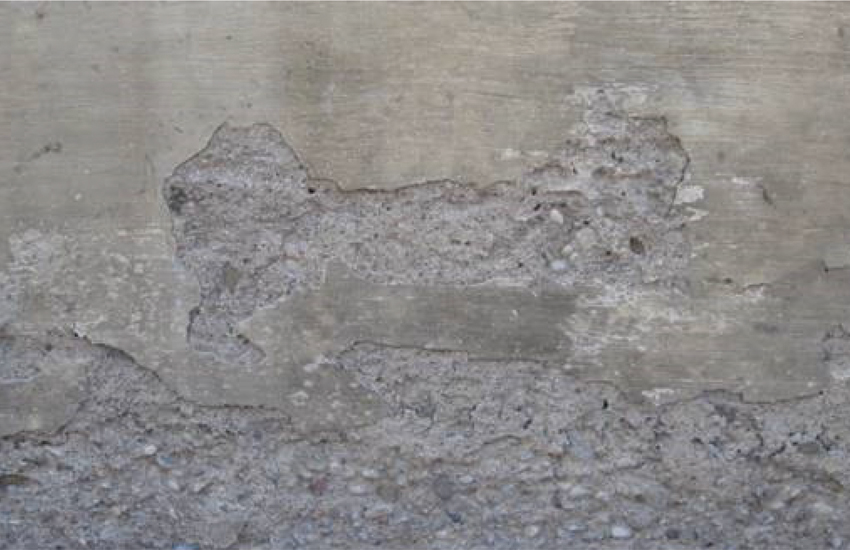Two Forms of Concrete Deterioration
1st is Carbon Dioxide
Believe it or not, carbon dioxide in the air we breathe can cause the deterioration of concrete. It can make its way through the porous concrete and cause real problems.
The steel matrix embedded in reinforced concrete actually depends on the alkalinity of the concrete itself for protection from corrosion.
Calcium hydroxide in the concrete mix is responsible for the required alkalinity, but it is compromised when carbon dioxide is allowed to react with it. The reaction is capable of decreasing the pH to an undesirable level, exposing the steel for corrosion.
Chlorides:
When allowed to deeply penetrate concrete, chlorides can present a serious problem for the lifespan of a structure.
Chlorides are one of the most common causes of concrete deterioration. They can be found in:
- Deicing salts
- Chloride contaminated water used in the mixing process
- Deserts, coastal regions, and even seawater
If chloride makes its way through the surface and to the steel, it can lead to the breakdown of the layer of the steel, which is responsible for protection from corrosion.








